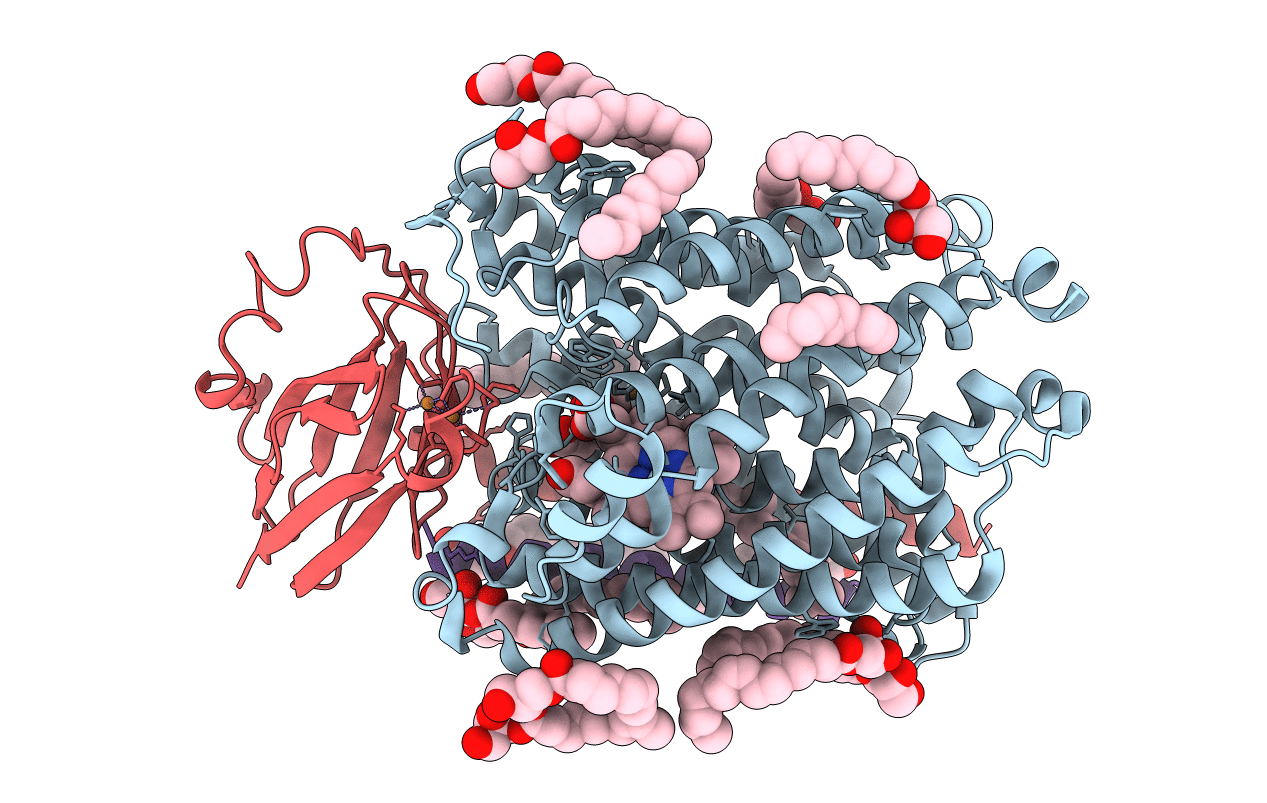
Deposition Date
2017-03-08
Release Date
2017-08-23
Last Version Date
2024-01-17
Entry Detail
PDB ID:
5NDC
Keywords:
Title:
Structure of ba3-type cytochrome c oxidase from Thermus thermophilus by serial femtosecond crystallography
Biological Source:
Source Organism:
Thermus thermophilus (Taxon ID: 274)
Host Organism:
Method Details:
Experimental Method:
Resolution:
2.30 Å
R-Value Free:
0.19
R-Value Work:
0.16
R-Value Observed:
0.16
Space Group:
C 1 2 1


